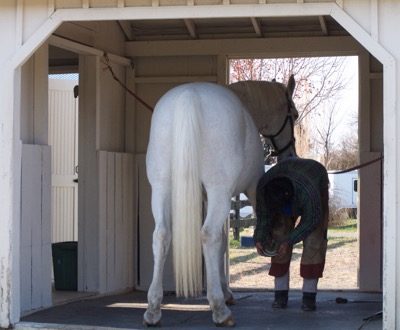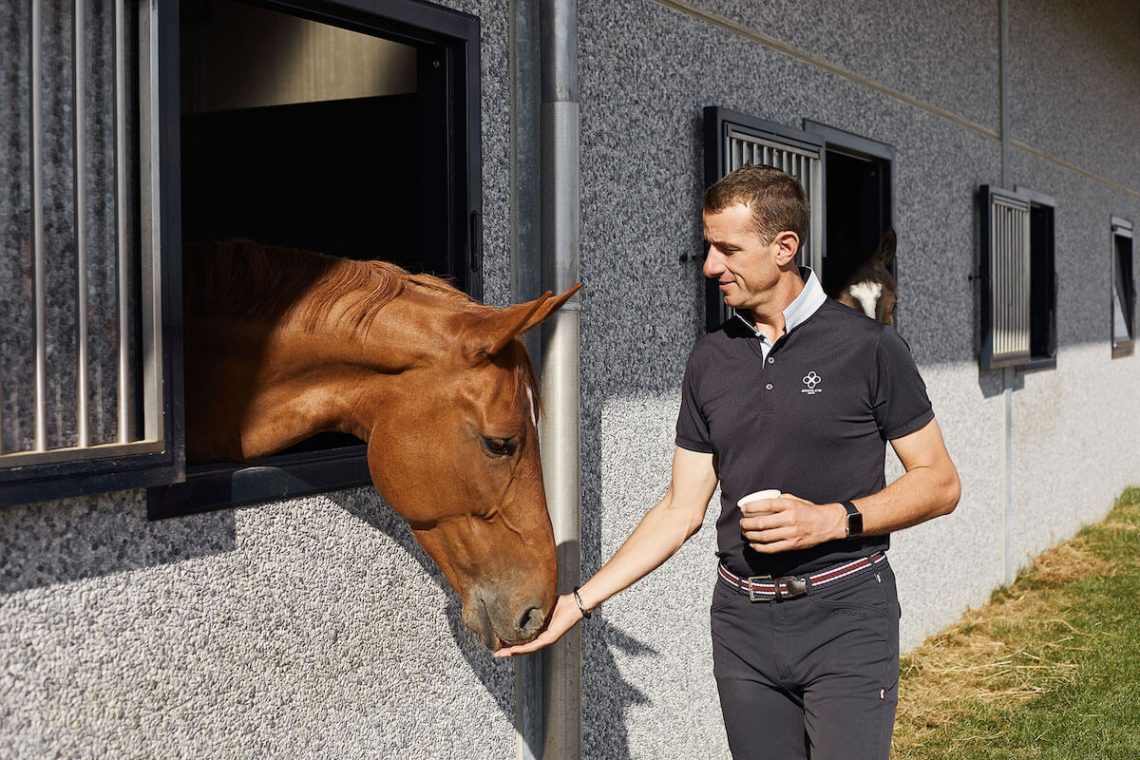
How to deal with a “hot” horse?
How to deal with a “hot” horse?
A “hot” horse is like an onion. It has so many layers that need to be explored before we can get to the heart of the problem. And, if not careful, this “onion” can make us shed tears.
It will take time and skill to unleash the talent that hides inside this crazy bunch of energy.
Hot horses come in many different sizes, appearances, and they release their energy in a variety of ways. One horse may “take off” from under you with the slightest leg pressure, another builds up tension, ready to explode. No matter how hot a horse is, it can pose a real threat to both itself and others. Finding a solution to a problem effectively and quickly is the key to a happy, healthy relationship with your hot horse.
Life
To understand where excess energy and tension come from, the first thing to look at is the horse’s lifestyle. In the wild, horses roam in herds over hundreds or thousands of acres. They graze for almost 20 hours every day, sleep when other horses are awake and watch the herd, they can run, goat and play when they feel like it. Domestic horses are usually different. We control their diet, exercise, play time, and every area of their daily lives. We put strange things made of leather and fabric on their backs, and put iron in their mouths. We ask them to take us in circles or carry us over obstacles.
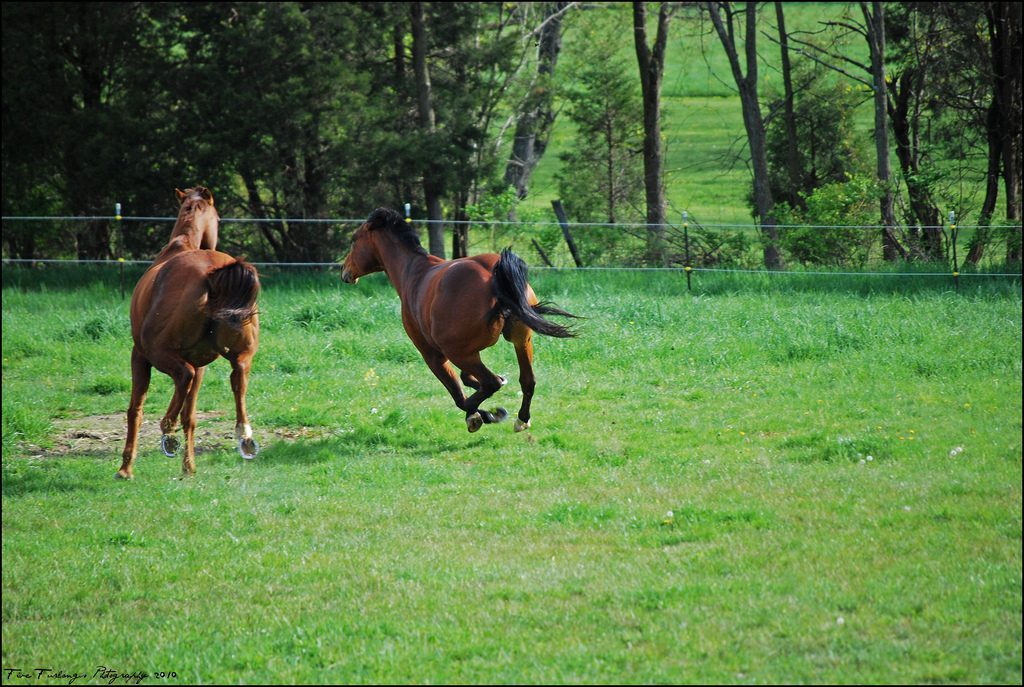
When we take the responsibility of taking full control of our horses’ lives and asking them to do things they don’t normally do in nature, we must ensure that they stay healthy, happy and free of pain.
Pain is the very first thing to suspect if a horse is acting overly impulsively. Not knowing the language, horses try to show everyone how they feel – for example, they break into a quarry a second after you sit in the saddle.
Are your horse’s teeth okay? Are there mouth sores or tops that would cause pain while putting on the bridle? Is there any pain? Is there inflammation or swelling somewhere on the body, does the horse react appropriately when you run your hand over his back, neck, legs? Ask yourself these important questions and contact your veterinarian and/or farrier if there is any change in your horse’s behavior, however slight.
Then look at your horse’s lifestyle. A horse that stands in a stall for a long time and does not have the opportunity to play and burn excess energy will be very active, will not be able to walk, will break into a run. If the horse has an excess of energy, you need to give him a walk in a spacious levada more often – so he can release “extra” steam. If you breed a hot horse with a more phlegmatic playmate, you will reduce the risk of injury.

Food
If your horse has been veterinarian-checked, has access to a spacious pasture where it can be “just a horse” but still remains extremely tense and energetic at work, the next thing to look at is nutrition, daily ration. . Although opinions vary widely regarding the effect of diet on horse behavior, energetic, restless or nervous horses can certainly benefit from dietary changes.
Excess calories and simple sugars are believed to increase horse energy. Grains that are high in non-structural carbohydrates (or NSCs) contain higher amounts of simple sugars. By following a hay-based diet and reducing the amount of HSC-rich grains in the horse’s diet, the horse’s blood sugar levels can be maintained at appropriate levels and possibly reduce energy overload.
The addition of vital vitamins and minerals also helps balance the horse’s diet and control excess energy and stress. For example, if the grass in your area is rich in calcium, then it is good for the bones, but an excess of calcium can cause some muscle diseases.
Magnesium balances calcium levels and promotes muscle relaxation. For stressed horses that consume a lot of calcium-containing foods, magnesium can help balance the diet and promote relaxation.
Relationships
Horses are by nature prey animals. The fact that they are at the bottom of the food chain has made them hypersensitive to the environment in the process of evolution. This means that horses are aware of almost everything that is going on around them. When something makes them nervous, they react by either turning on the “flight” instinct or the “resistance” instinct. They either get scared and run away, or try to resist the aggressor by fighting off, standing on candles, or using other methods of attack.
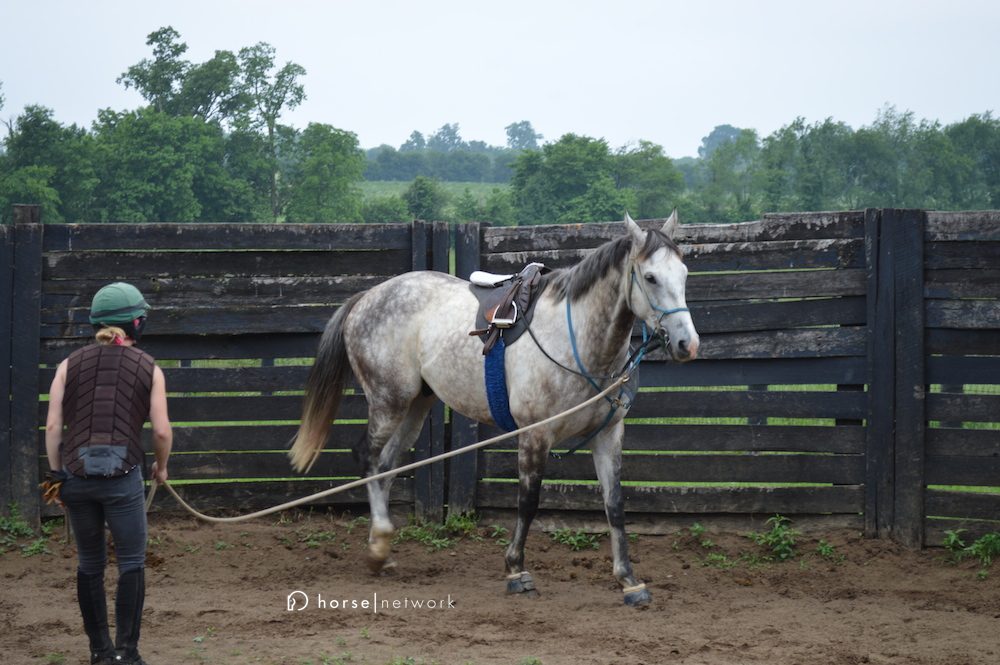
Lunging is designed to encourage the horse to “turn on the brain” and relax in the body.
To overcome the general nervousness and hypersensitivity with which they live horse, it is important that there is mutual respect between horse and rider. If your horse does not respect you and does not trust you, then he can only rely on himself and his reactions. A horse that trusts a person is relaxed because it knows it has nothing to fear when it is close to its bipedal partner.
Building a relationship of trust and respect with a horse requires a lot of work on the ground. Hot horses can greatly benefit from it by strengthening the bond with the rider. They learn trust and relaxation.
It is very important to be able to lunge correctly, especially with a hot horse. If you think that making a hot horse rush around you will calm him down and help you lose excess energy before working under the saddle, then you are mistaken. This will never happen. A horse with excess energy, tense and restless, needs a leader to be at work. calm and methodical. An excited and energetic leader will “fire up” the horse even more, as he, by reading his body language, will become even more panicked and excited.
You must build trust with the horse by encouraging relaxation. Show your horse that you are a calm and confident partner by asking him to move his legs, lower his head, stop and relax his body. Lunge to “engage” the horse’s brain and relax his body. Ask the horse to narrow and widen the circle, to make transitions in and out of the gaits. So you will encourage her to listen to you, to focus on you, and not on the “horse-eaters” who lie in wait for her behind every bush.
under saddle
Once you’ve checked your horse at the vet, reviewed and adjusted his lifestyle and nutrition, relaxed on the lunge, it’s time to sit in the saddle! As with work on the ground, when working under saddle you should encourage the horse to focus on you and trust you.
It is very important to take your time and listen to your horse when you get to this “onion layer”. If you’ve already come all the way, but still have a shy and nervous bunch of energy under the saddle, you may need to take one or more steps back to the basics. Long, relaxing rides in the company of calm, experienced horses can relieve stress. Being able to be in the company of friends while doing nothing but walking is extremely beneficial for your horse. For both her body and her mind. This will allow the horse to relax and loosen up.
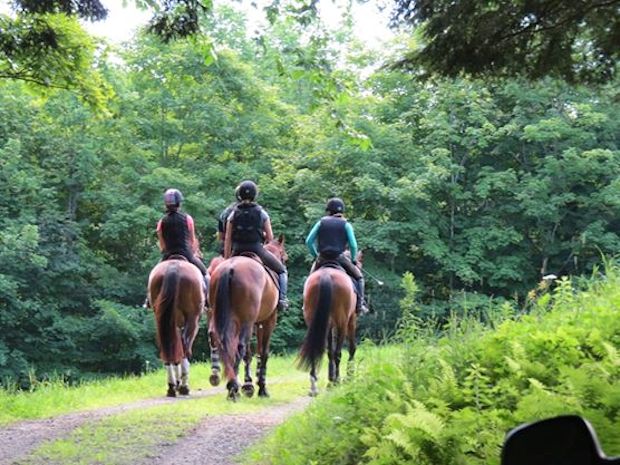
In the arena, you can use exercises to help slow down a rushing horse and calm a tense one. Routine is great for hot horses as they can learn to expect predictable things that repeat and not worry about the surprise factor. A routine during the warm-up will also help – you will encourage the horse to start thinking and listening to you. Changes of direction, circles, figures and other exercises that encourage the horse to “turn on the brain” without requiring much physical effort from him, give a good effect.
Lindsay Gilbert (source); translation by Valeria Smirnova/




